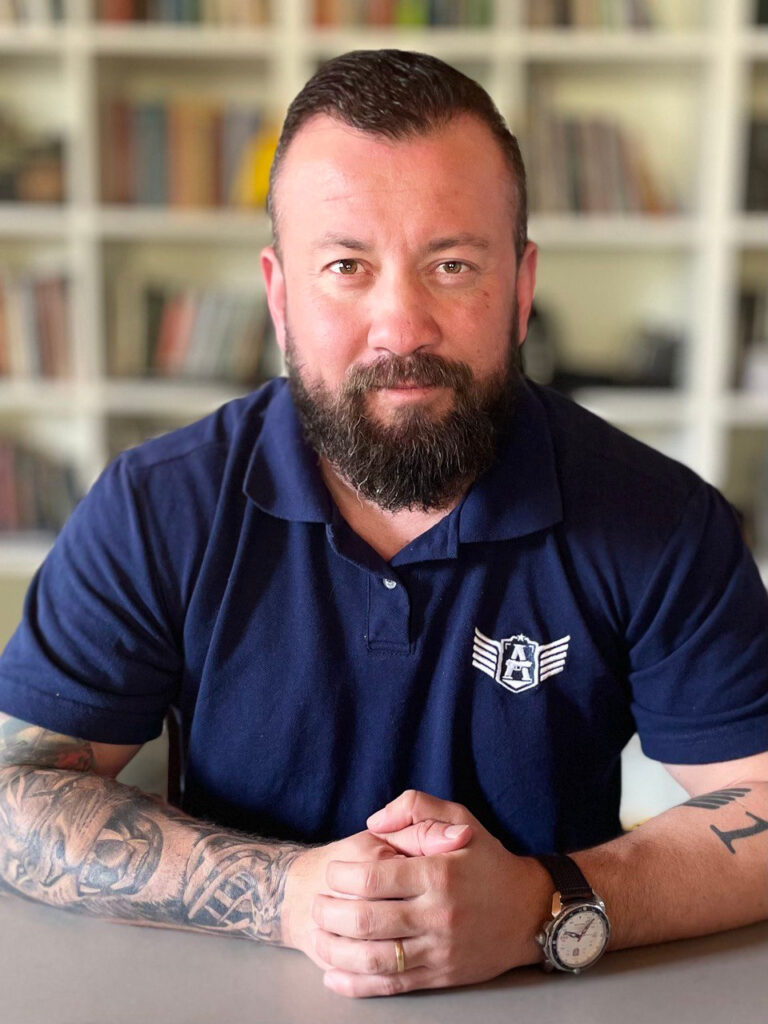
So, are your shots still hitting the target low and to the left? Maybe you’re wondering, “How do you know, Lucas?” Hold on, young Padawan, we’ll explain everything in today’s text.
When shooting a pistol, the most common shooting errors for right-handed individuals are shots that impact the lower left part of the target. This is quite common among shooters and varies in terms of individual results.
Let me tell you how part of our Pistol CogOps I courses work and how we can learn about shots low and to the left with it.
In Pistol CogOps I, trainees receive about 3-4 hours of theoretical instruction on weapons and ammunition. They are introduced to safety rules, situational awareness, gray man directives, combat mentality, and, of course, the combat shooting fundamentals. Traditionally, the “fundamentals” topic is covered in the early afternoon of day 01. The instructor details each of the six processes and guides trainees in dry-fire practice.
When these trainees go to make their first shots, they already have a reasonable command of the weaponry and begin to hit the center of the target at 7 yards in a few rounds.
These same students who can already hit the center of the target at 7 yards on D01 begin to see their results deteriorate around the 30th to 50th shot. Their shots start hitting low and to the left. Why could that be?
Let’s recall our shooting fundamentals.
Stance, grip, sight picture, breathing, trigger pull, and technical follow-through. The stance and sight picture are quite intuitive, but what the heck is this thing called follow-through for?
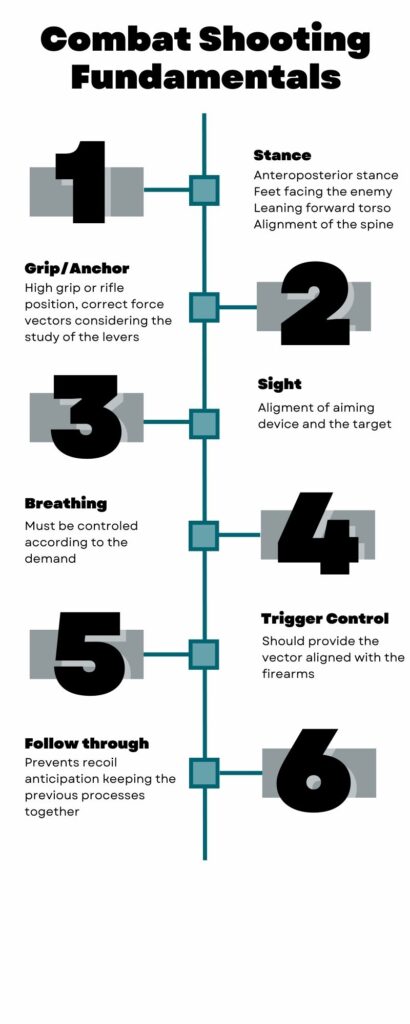
Well, let’s go: most humans have a brain. This doesn’t apply to leftists, we know, but they’re not our audience around here either. The brain is fascinating. It learns constantly, whether we’re trying to learn or not. This applies to us and our enemies, and when you learn to use this system to your advantage, your performance increases significantly.
Lucas, what does this have to do with my low shots?
Your brain learns, without you wanting to, that every time you press your trigger, you get a little push in your hand (recoil). Like a Pavlovian dog, the shooter begins to anticipate this recoil, pushing the gun forward while pressing the trigger. This undue compensation misaligns the aiming device, generating shots low and to the left.
A second, less frequent reason for shots hitting below the target lies in another shooting fundamental. Remember: there are no shooting errors that are not caused by a failure in the execution of one of these fundamentals.
I’m referring to trigger squeeze. Although modern triggers are getting better and better, traditionally, most triggers work by rotating around an axis. The force vector resulting from this torque results in a low muzzle and misalignment of the gun and target.
Now, Lucas, what do I do?
The technical follow-through aims to correct the anticipation of recoil. To execute it, try to imagine that your shot is not an event that lasts milliseconds, but an event that lasts a few seconds. I like to ask my students to imagine that they need to keep a laser beam on the center of the target for 3 seconds, ignoring the sound of the shot. When firing a shot, keep your finger pressing the trigger for an extended period, keeping your sight on the center of the target.
Second, if the problem is the execution of the trigger pull. Obviously, it is worth reiterating the basics: the trigger should be squeezed, offering a linear force vector aligned with the plane of the firearm, smoothly and progressively for the exercise of fundamentals. It is clear that it may be necessary to accelerate this process during combat, but let’s solve one problem at a time, okay?
Now it’s your turn to try.
Do your dry fire focusing on these two points, and on your next practice at the range, remember to make an exaggeratedly long follow-through and a careful trigger squeeze, then check the result.
Still not working, and now?
Most people show improvement in results by following the instructions so far. However, a portion of shooters seems to behave significantly differently when practicing dry fire and when shooting with live ammunition.
This problem is also solved, but we’ll address it in a future post.
For now, write in the comments if this text was helpful and how your results were after implementing our tips.
Best regards and good shots!

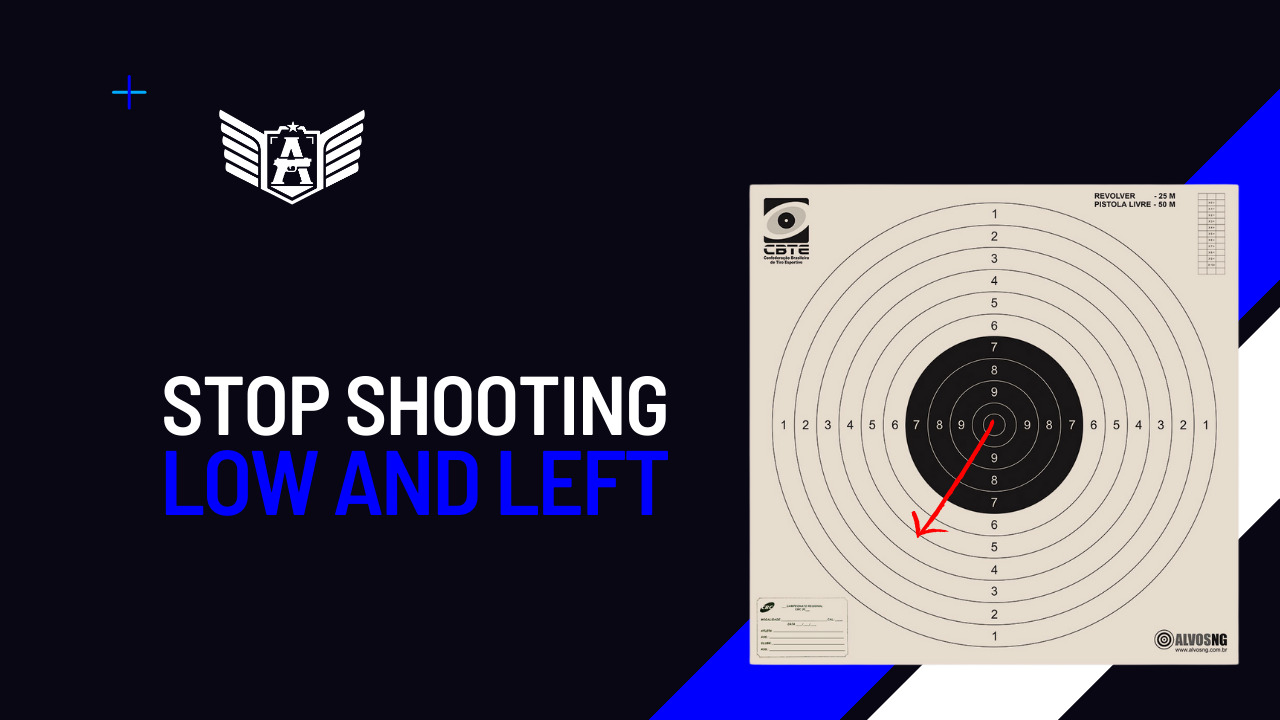
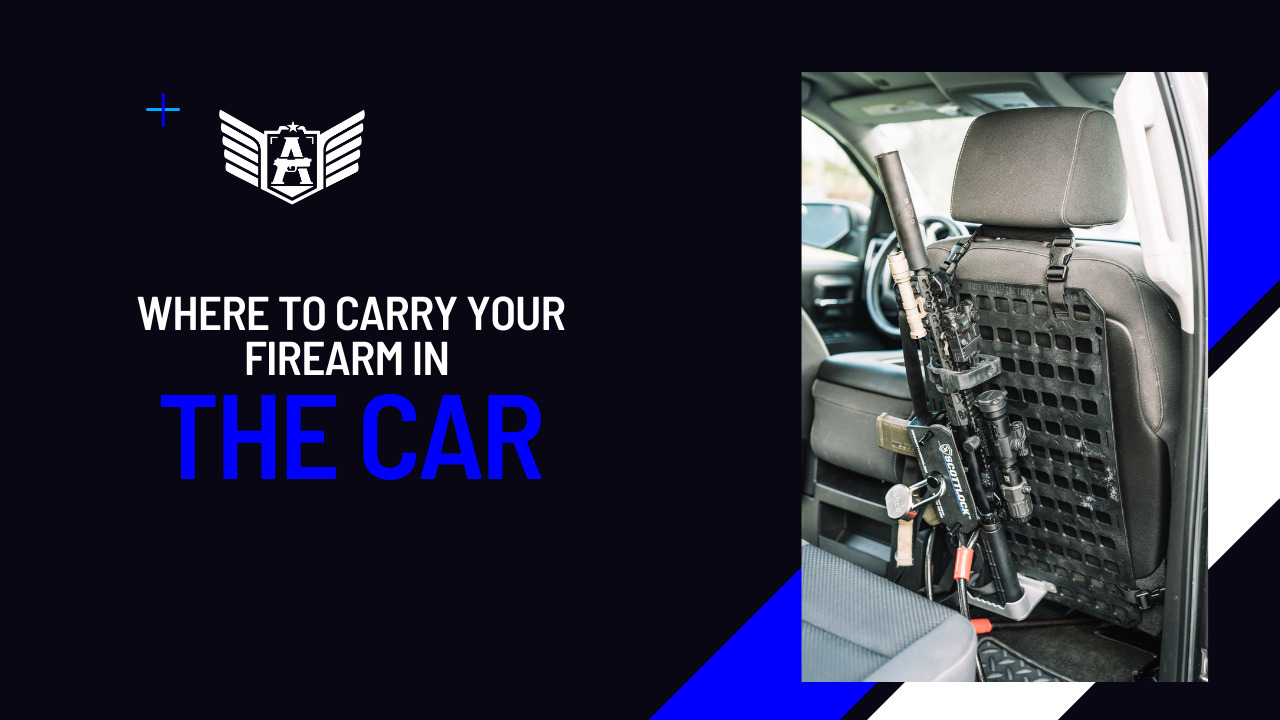
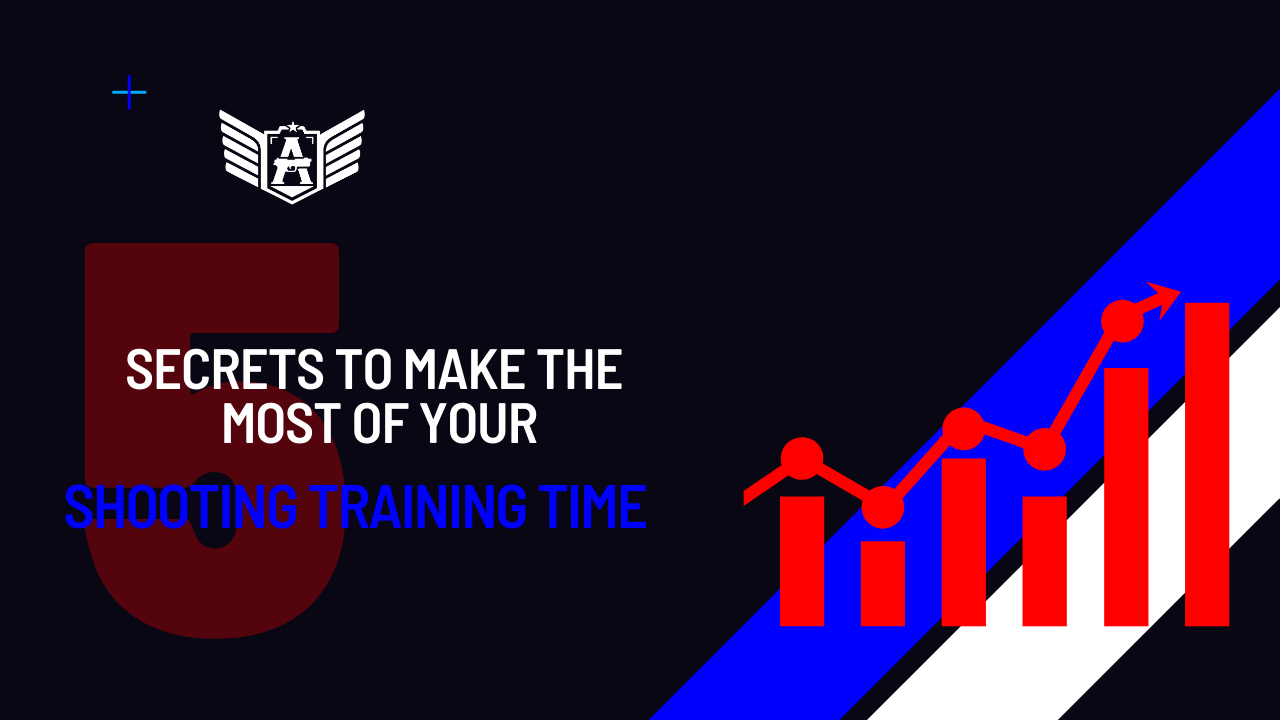
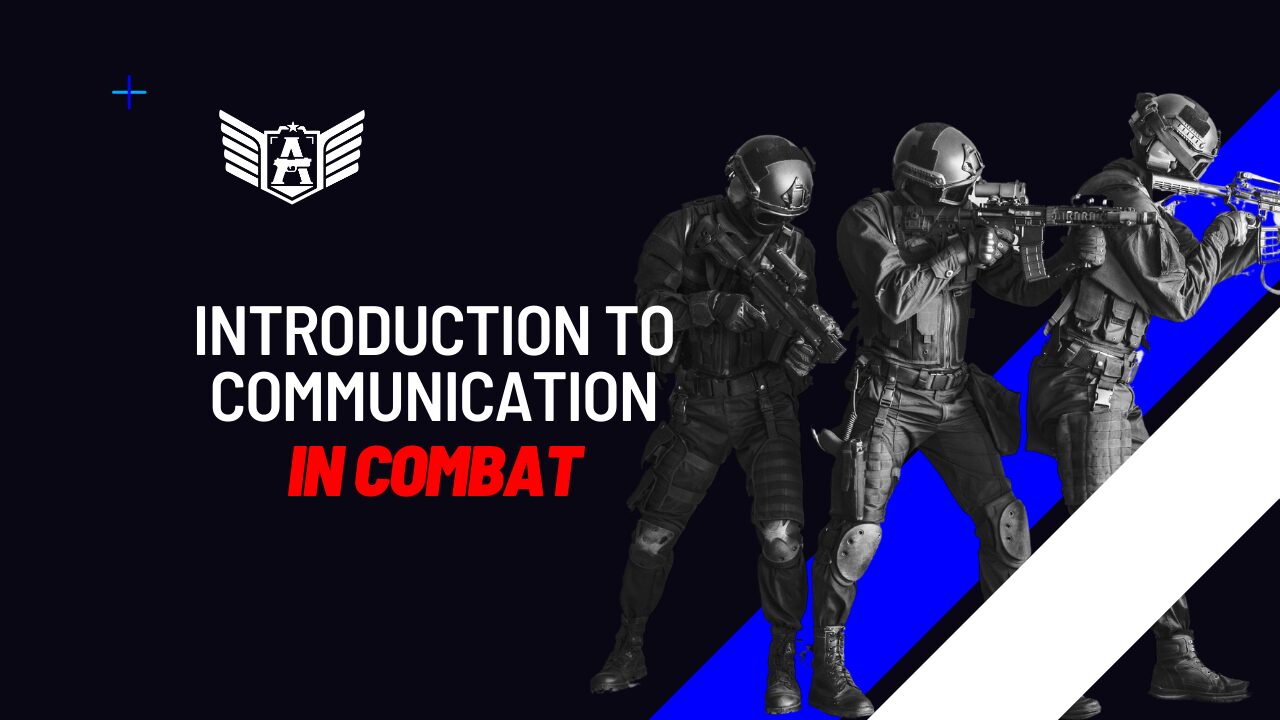
Comment on “Stop shooting low and to the left”